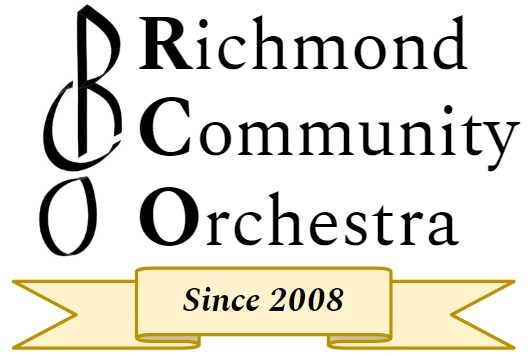Prelude for a Celebration by Jay Conard
This started as a keyboard piece for the wedding of a nephew in Florida. However, it grew in my mind to something that needed an orchestra to give it full voice. The brass starts with a fanfare while the strings fill out the lyrical
melody in the second half.
Gold and Silver Waltz by Franz Lehar (1870-1948)
Franz Lehar wrote this at the request of Princess Metternich for a ball in Vienna in 1902. It is in the long line of ‘name’ waltzes written for the Hapsburgs and other royals by the Strauss’s and others. Many consider Strauss to be part of the Golden Age of Viennese Waltz music and Lehar as his successor in the Silver Age. Needless to say this tradition ended with the advent of WWI. This is a Waltz in the old Viennese style with an introduction ( in 4/4 time), several independent themes and a coda to bring it all together. Lehar’s most famous work is the Merry Widow operetta and the Waltz of the same name. Lehar died in 1948 and so we are lucky enough to have recordings he made to hear how he wanted his music performed.
Grand March from Tannhauser by Richard Wagner (1813-1883)
This is from Act II Scene IV of Wagner’s opera Tannhauser, a singing knight from Teutonic legend. This march is for the Entry of the Guest to the grand banquet and singing contest of the knights. When this opera is fully staged, the score
calls for the trumpet fanfares to be played on stage with the trumpeters acting
as heralds to announce the guest. Eventually 12 trumpets appear on stage! Princess Pauline von Metternich arranged for the Paris premiere of Tannhauser in 1861 (the same Princess that commissioned the Gold and Silver Waltz).
Pavane Opus 50 by Gabriel Faure (1845-1924)
This beautiful haunting melody was written by Gabriel Faure and dedicated to his patron, Princess Marie Anatole Louise Elisabeth de Riquet de Caraman-Chimay in 1887. The music is based on a medieval Spanish Dance. The original concept was a purely orchestral piece then Faure added lyrics for an invisible chorus. The words describe a courtly dance where the men stand on one side talking about the women and the women stand on the other side talking about the
men (something like a Junior dance). When they do finally start dancing, the end-up stepping on each others toes and yelling at each other (You’ll hear the music change from the peaceful melody to a big full sound). This would all sound very absurd except for the fact that it is song in French. Its first performance was just the orchestral parts (as you hear tonight) and the second used singers. The third try used dancers as well. I have checked all available recordings of this
piece, and have yet to find a recording with voices!!
Bridge Over Troubled Waters by Paul Simon
A line Claude Jeter sang in the Swan Silvertones’ 1962 song “Mary Don’t You Weep” — “I’ll be a bridge over deep water if you trust in my name” — inspired Paul Simon to write “Bridge Over Troubled Water.” Claude Jeter died recently (January 6th, 2009). This song was first released in January of 1970. This is one of the modern classics of our time.
Wedding Day at Troldhaugen by Edvard Grieg (1843-1907)
Troldhaugen translates to ‘Troll Hill’ from Norwegian.
In Norway, trolls are considered good luck and they seem to dwell everywhere. They are quite mischievous creatures who mean no real harm but do tend to mess things up. Edvard Grieg wrote this as an anniversary gift for his wife in 1896 (they named their home TroldHaugen). The piece uses native rhythms and folk song components to depict a simple country wedding celebration in the open air. The piece (originally for piano) is in a A-B-A form. The first part (A) is like a wedding processional or gathering before the event. The slower B part may be the actual ceremony with a return of the original music as the wedding party leaves. I picture the final coda of the music depicting the happy couple in the
distance just before they disappear from site.
